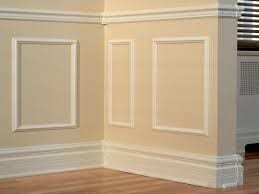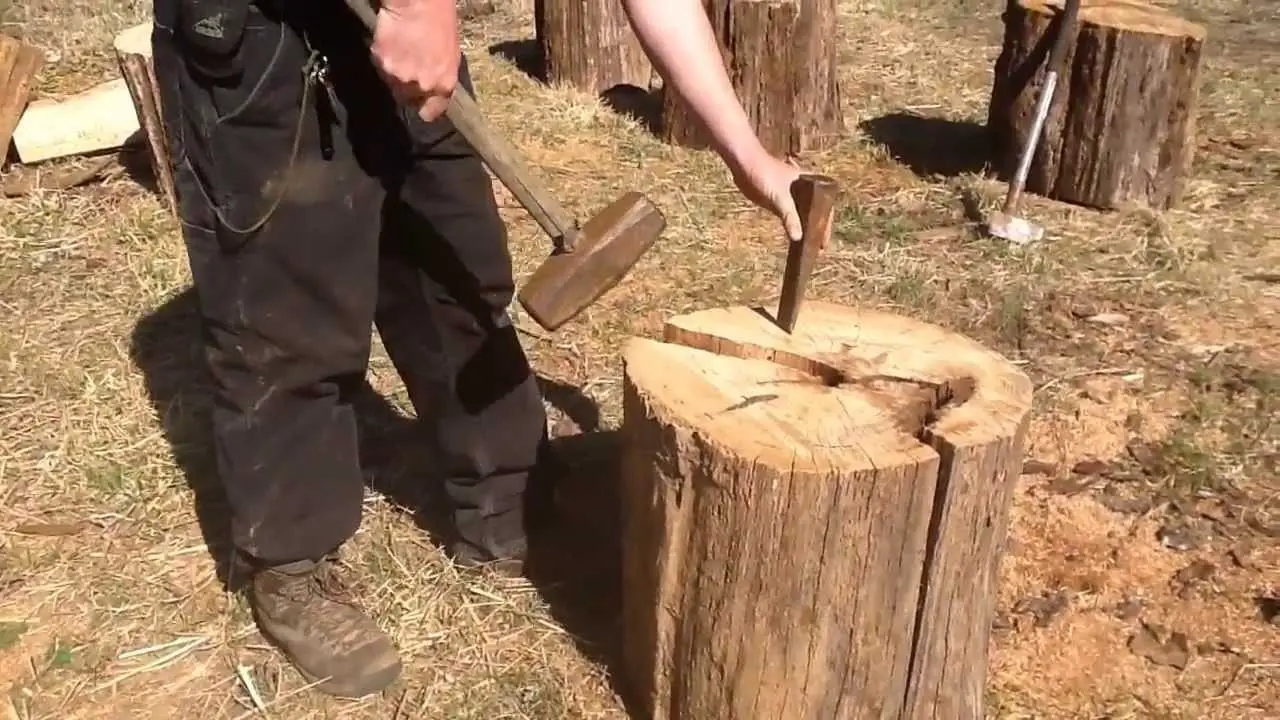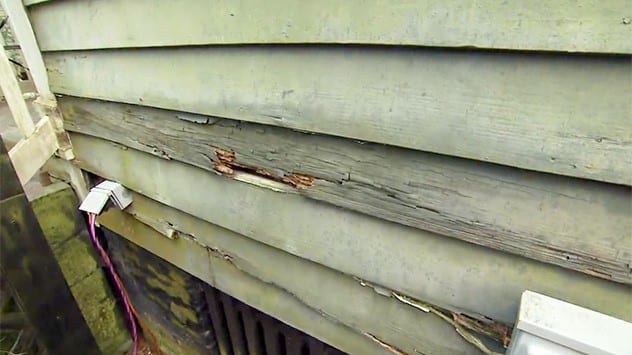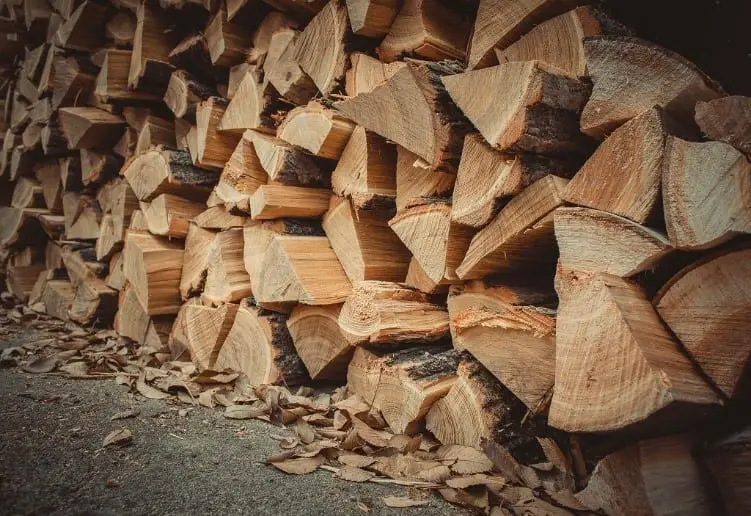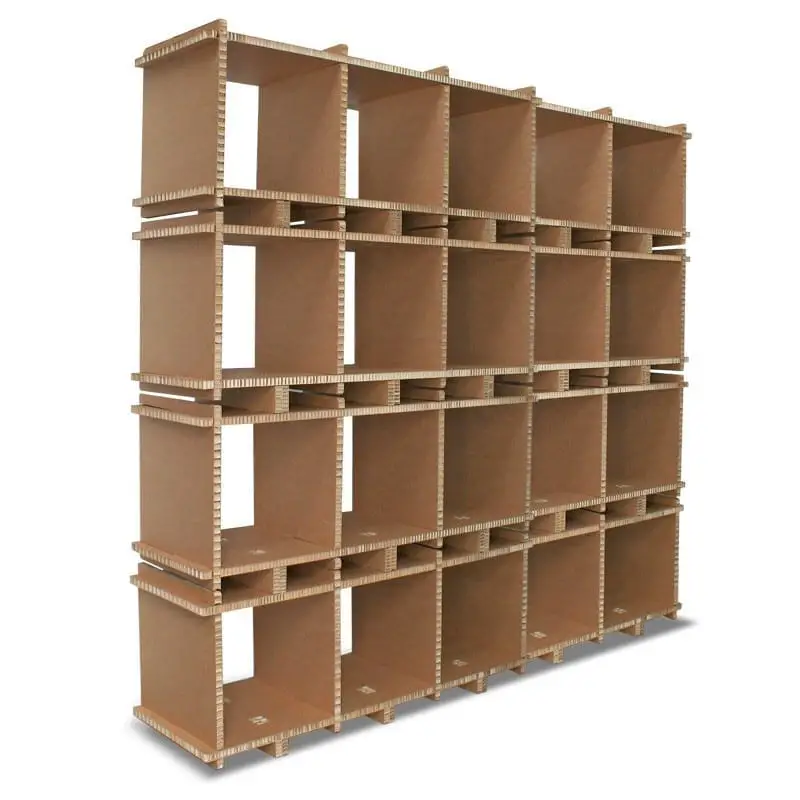Wood trims are decorative pieces of wood that are mostly attached to the upper and lower sections of walls and may also be used on cabinets, shelves, and windows. Wood trims add style and dimension to any room.
You can use wood trims for any home improvement or construction project. And when it comes to using trims, you need to learn how to paint trims to match adjoining wall, flooring or furniture. This guide will show you how.
Painting wood trim basics
The wood surface near a wood trim should be carefully considered when painting. The wood used to make trims is most likely different from wood used for constructing walls and floors of a room. This is why you need to carefully consider the following steps for painting wood trims.
You will need the following
- Protective attire (goggles, respirator mask, and splinter-resistant gloves)
- Drop cloth
- Chemical paint stripper
- Natural bristle paint brush
- Contour scraper
- Sandpaper or sanding block 80 to 120 grit
- Rotary tool with sanding bit (optional)
- Wood bleach (optional)
- Soft rags
- Track cloth
Instructions
Step #1
Wear your protective gear like goggles, respirator mask, and glove and then start preparing your workspace as well as the wood trim you will be working on.
Use a chemical-resistant tarp or drop cloth to cover the floor and any other large furniture pieces that cannot be moved out of the room. You can also use this to drape areas to avoid splashes and spills.
Improve ventilation further by opening a window. Use fans to remove toxic air that may accumulate inside the room. Cordon the room to prevent people from moving inside and disturbing your work.

Source: https://www.house-painting-info.com/articles/dropcloths/
Step #2
Choose strippers which are low-VOC, which means these contain fewer volatile organic compounds which may emit toxic fumes therefore adequate ventilation is very important.

Source: http://m.dumondchemicals.com/pro-peel-away-smart-strip-pro.html
Apply paint stripper to the trim using a natural-bristle paintbrush. Use natural brushes because plastic ones can melt when dipped in the stripper.
Step #3
Follow manufacturer’s instructions completely to be able to dissolve old paint for any surface. Not all paint strippers work the same way; some products soften paint quickly while some need hours of wait time and repeated applications to perform well.
Some paint strippers are in liquid form while some are in gel form. But no matter what type of stripper you’re using, make sure to apply it to all the creases and folds found a detailed trim using the tips of the brush.
Brush as much stripper as you have the time to scrape. If the stripper dries before you start to scrape it you need to reapply it.

Source: http://ehowdiy.com/refinishing_wood_trim_1.htm
Let the solvent set for its required amount of time. When the allotted time is over, scrape away softened paint using a contour scraper. This tool will be able to scrape stripped paint even in hard to reach curves of wood trimming.
Step #4
The most updated contour scraper is a separate scraping device with swappable stainless steel blades with distinct scraping tips that will fit virtually every size curve and contour on wood trim.
If the trim you are working on has multiple layers of old paint, you have to apply and reapply the paint stripper and scrape each layer until you reach wood.

Source: https://www.thewoodwhisperer.com/videos/rubbing-out-a-high-gloss-finish/
Step #5
Use an 80-grit sandpaper or an 80-grit foam sanding block to sand off the wood you are working on. Always sand in the direction of the wood grain to prevent splinters due to cross-sanding marks. Switch to 120-grit sandpaper when the wood is no longer rough and the dried bits of old paint have been rubbed off.
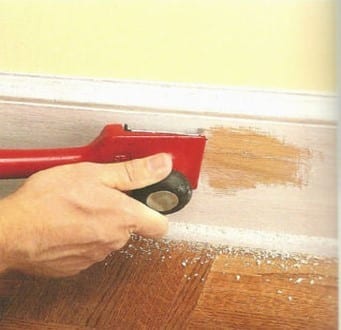
Source: http://ehowdiy.com/refinishing_wood_trim_1.htm
Most likely you will encounter trims with intricate wood patterns like flowers, rosettes or detailed ornaments that would be impossible to sand using a sanding block or sandpaper. For these, you can use a handheld rotary tool with a pointed sanding bit.
Work slowly but surely. Work with extremely light pressure and consider working in a well-lighted area until you are done.
Conclusion
To remove paint from wood trim, you need to carefully use paint stripper and sand the trim. Most wood trims are intricately designed but this is no reason to not remove paint. Special tools can help you sand and finish trims with hard to reach crevices and nooks as well.
